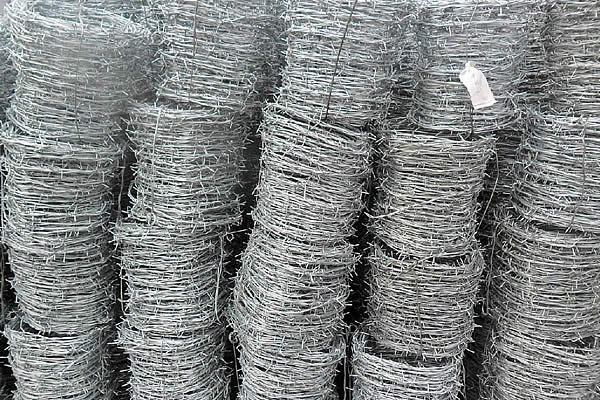 TEL:
+86-13102802206
TEL:
+86-13102802206
 Email:
fencenetting@china.com
Email:
fencenetting@china.com
 Language
Language
 TEL:
+86-13102802206
TEL:
+86-13102802206
 Email:
fencenetting@china.com
Email:
fencenetting@china.com
 Language
Language


The Importance of Mosquito Nets and Insect Screens in Disease Prevention
Mosquitoes and other insects are not only pesky nuisances but also significant vectors for various diseases. The rise of insect-borne illnesses such as malaria, dengue fever, Zika virus, and West Nile virus has prompted a heightened awareness of the need for effective preventive measures. Among the most effective tools in combating these threats are mosquito nets and insect screens. Both serve as barriers that protect individuals and communities from insect bites, which can lead to severe health consequences.
The Role of Mosquito Nets
Mosquito nets are designed to create a protective barrier while people sleep or rest. Typically made from lightweight polyester or nylon, these nets are treated with insecticides to enhance their effectiveness. When properly used, mosquito nets can reduce the risk of mosquito bites significantly. In regions where malaria is endemic, the use of insecticide-treated nets (ITNs) has been credited with saving millions of lives. The World Health Organization (WHO) recommends the mass distribution of these nets in vulnerable populations, particularly children and pregnant women, who are most at risk of severe disease.
In addition to their health benefits, mosquito nets are also affordable and easy to use. They require minimal maintenance and can last for several years when cared for properly. The availability of various designs—including single bed nets, double bed nets, and larger ones for families—makes it easier to cater to diverse living arrangements. Importantly, mosquito nets can be used both indoors and outdoors, providing a versatile solution in areas where mosquitoes are prevalent.
The Functionality of Insect Screens
Insect screens, on the other hand, are physical barriers installed in windows, doors, and other entry points in homes and buildings. Composed of fine mesh materials, these screens effectively prevent insects from gaining access to living spaces while allowing fresh air and natural light to enter. This method not only keeps occupants safe from bites but also contributes to overall comfort within homes.

In urban areas, insect screens can play a critical role in reducing the need for chemical insecticides indoors. Many households prefer using insect screens over sprays or fogs, which can lead to indoor air pollution and potential health risks. Moreover, screens help in maintaining a pest-free environment, promoting better hygiene and reducing the likelihood of infestations.
Synergistic Benefits and Community Impact
When used in tandem, mosquito nets and insect screens can significantly reduce the incidence of insect-borne diseases. While mosquito nets provide protection during the night, insect screens ensure that daytime activities and indoor environments remain safe from insect intrusion. This comprehensive approach not only protects individuals but also contributes to community health improvement.
Awareness campaigns promoting the use of mosquito nets and insect screens have proven effective in many countries. Educational initiatives can inform communities about the importance of these protective measures, leading to greater adoption and improved public health outcomes. Furthermore, local governments and organizations can provide resources to ensure that these tools are accessible, especially in high-risk areas.
Conclusion
In conclusion, the implementation of mosquito nets and insect screens is vital in the fight against insect-borne diseases. These simple yet effective tools can significantly decrease the risk of infections and promote healthier living environments. By prioritizing education, accessibility, and community engagement, we can harness the benefits of mosquito nets and insect screens to create safer, healthier communities. As we advance in our understanding of disease prevention, investing in these protective measures will undoubtedly remain a key strategy in public health initiatives worldwide.